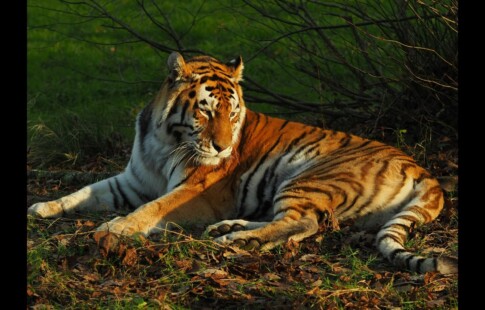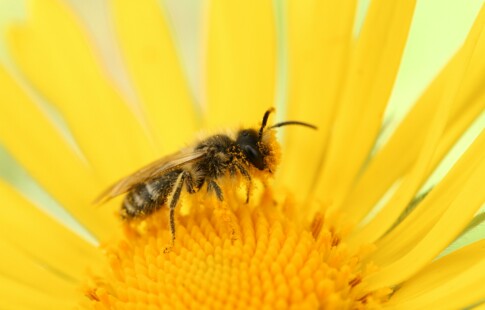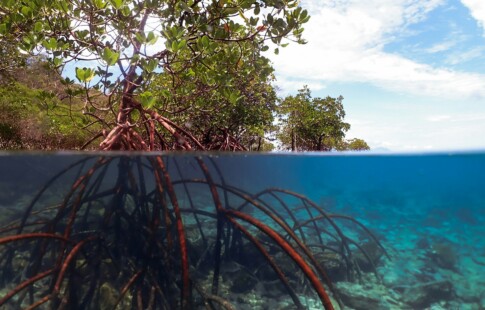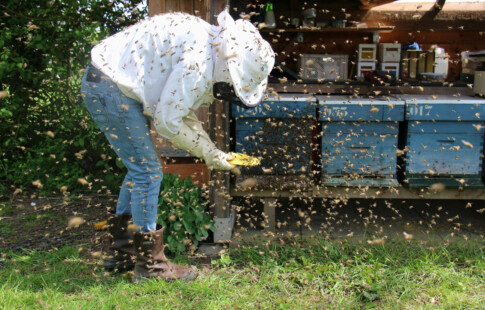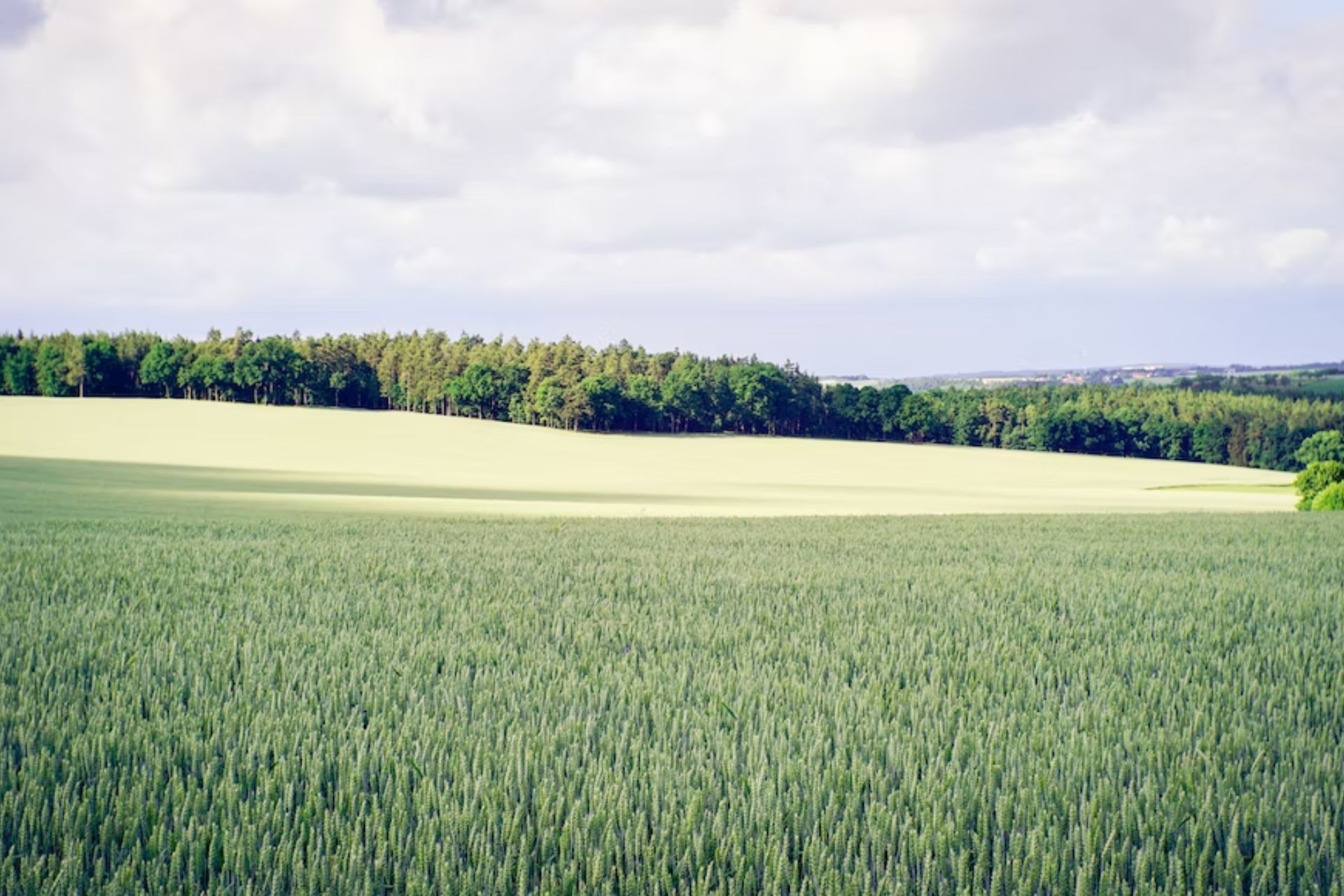
What Is A Wildlife Corridor?
We are reader-supported. When you buy through links on our site, we may earn affiliate commission.
Protecting the Planet Earth and all that lives within it is an important responsibility of global citizens. So, what is a wildlife corridor, and what does it have to do with protecting vulnerable animal populations? These strips and “highways” of green are meant to connect colonies and populations that may otherwise be separated from one another.
The best way to explain wildlife corridors may be to think of them exactly like the man-made highways that vehicles drive on. They allow for animals to travel between segmented or fragmented habitats. They offer the right food and shelter for the animals that pass through them to get to the next part of their journey. This way, animals don’t have to encounter dangers by navigating the human world.
The Different Types of Wildlife Corridors
These wildlife corridors are a seamless transition space from habitat to habitat that allow animals to arrive at their destination or wander freely without fear of running into human dangers. What is a wildlife corridor but an excellent kind of super-highway for animals to move through? There are a couple of different purposes for wildlife corridors, but each one is as important as the last.
1. Local
Local wildlife corridors are often smaller and serve as “stepping stones” that will allow animals to move from place to place, unencumbered by the idea of passing through areas that humans have built up. These wildlife corridors exist to mitigate the stress that humans may have put on the site.
A great example of this kind of wildlife corridor is the Natuurbrug Zanderij Crailoo in the Netherlands. This corridor is 800 meters long and offers a safe way to pass by major roadways for animals, so they don’t have to brave the roads. These roadways simulate the nearby environment, welcoming the animals “home” as they cross over to where they want to be.
2. Regional
Regional wildlife corridors work better as migratory pathways. Many animals migrate seasonally and need a safe path to guide them to their destinations. Migration is not a permanent move, just one for mating or warmer weather, so these pathways are immensely important for animals to find their way back home without encountering dangers. A wildlife corridor ensures that animals have safe passage throughout their traveling patterns and that they have a way to get back home.
What Wildlife Corridors Do for the Environment
Human development will never stop. As the human population grows, so does the need for infrastructure and other accommodations. What is a wildlife corridor, then? It’s a man-made green space for animals to use to get from place to place, though some may decide to stay in the area. Additionally, wildlife corridors benefit more than just the animals that pass through and live within them.
Wildlife corridors could also help to protect natural bodies of water. When trees, shrubs and other plants are planted along the bank of the water, the foliage can work to improve the quality of the water. They provide enough cover and shelter from extreme weather, so both local flora and fauna can feel safe.
These corridors also minimize human and animal interaction, which means that animals have a lower risk of injury. It can keep wildlife out of human-populated areas after a loss of habitat due to a natural disaster. Rare species are exceptionally vulnerable, as something like a massive natural disaster may be able to eradicate a species completely. By ensuring that more of a local habitat is available, these animals that are displaced by natural disasters will have somewhere to go, even if it’s only temporary.
The Florida wildlife corridor helps over 700 species in peril to cross and coexist with humans in a way that doesn’t harm them, but it also protects Florida’s natural spaces. Wildlife corridors modeled after it would be able to promote the growth of local plants and help wildlife populations to flourish. Constructing more wildlife corridors could only be an improvement for society.
What Is A Wildlife Corridor Really For?
So, what is a wildlife corridor for? In truth, a wildlife corridor benefits everyone living on the planet. More greenery means better air quality and more shade for the animals passing through. Vulnerable species now have a second option to avoid passing over a highway or encountering other manufactured hazards. These corridors mimic actual habitats and can help reunite species with one another. All in all, they’re worthwhile investments to help animals in need, aid local plants in thriving, improve air quality and beautify the region they’re in.
Share on
Like what you read? Join other Environment.co readers!
Get the latest updates on our planet by subscribing to the Environment.co newsletter!
About the author
Maria Visser
Maria serves as the Assistant Editor of Environment.co. A true foodie and activist at heart, she loves covering topics ranging from veganism to off grid living.
